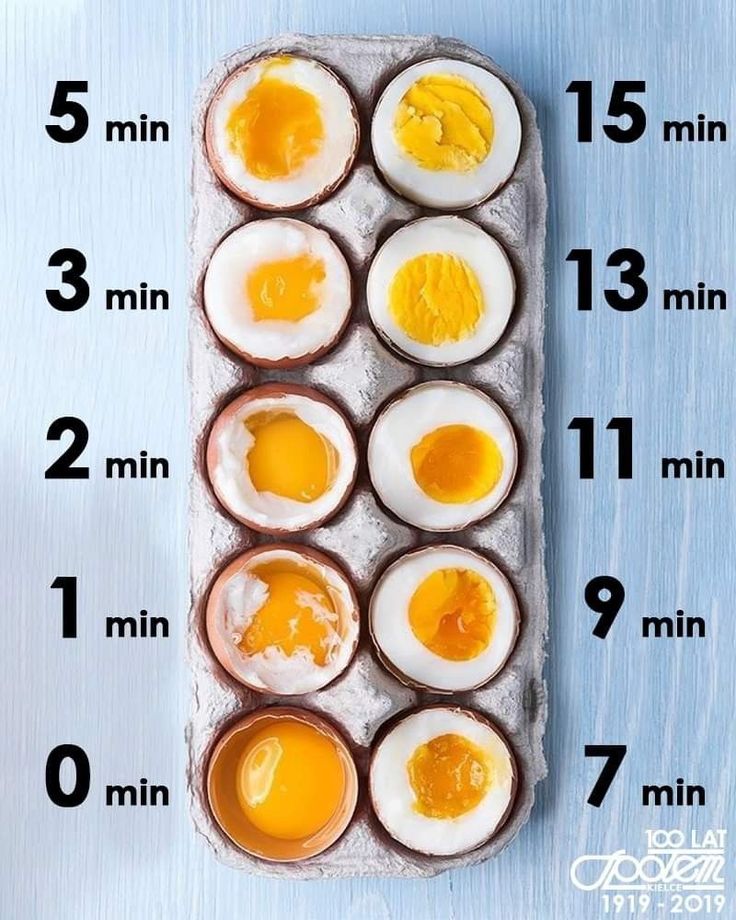Cool Guides
Rules for Posting Guides on Our Community
1. Defining a Guide Guides are comprehensive reference materials, how-tos, or comparison tables. A guide must be well-organized both in content and layout. Information should be easily accessible without unnecessary navigation. Guides can include flowcharts, step-by-step instructions, or visual references that compare different elements side by side.
2. Infographic Guidelines Infographics are permitted if they are educational and informative. They should aim to convey complex information visually and clearly. However, infographics that primarily serve as visual essays without structured guidance will be subject to removal.
3. Grey Area Moderators may use discretion when deciding to remove posts. If in doubt, message us or use downvotes for content you find inappropriate.
4. Source Attribution If you know the original source of a guide, share it in the comments to credit the creators.
5. Diverse Content To keep our community engaging, avoid saturating the feed with similar topics. Excessive posts on a single topic may be moderated to maintain diversity.
6. Verify in Comments Always check the comments for additional insights or corrections. Moderators rely on community expertise for accuracy.
Community Guidelines
-
Direct Image Links Only Only direct links to .png, .jpg, and .jpeg image formats are permitted.
-
Educational Infographics Only Infographics must aim to educate and inform with structured content. Purely narrative or non-informative infographics may be removed.
-
Serious Guides Only Nonserious or comedy-based guides will be removed.
-
No Harmful Content Guides promoting dangerous or harmful activities/materials will be removed. This includes content intended to cause harm to others.
By following these rules, we can maintain a diverse and informative community. If you have any questions or concerns, feel free to reach out to the moderators. Thank you for contributing responsibly!
view the rest of the comments

If you bring the water to boil before adding the egg it is much easier to remove the shell
Edit: I see my comment doesn't really relate to your comment. I'm tired
Chef here. Use older eggs for boiling as they are far easier to shell than fresh eggs.
That's a myth and unrelated. But throwing it into the cold water helps preventing the egg from cracking.
But timing it is surely much easier when the water is boiling. If you just slam it in cold water then you are at the mercy of whatever stove you are using
You start timing once the water starts boiling.
But its not like the not boiling but at 90 degrees Celsius water doesn't affect the egg
Very mildly and primarily the egg white, which most people aren't eating in its liquid form. The important thing you want to time is the state of the yolk.
I just poke a tiny hole in the bottom. And keeping them at room temperature also helps a little, if I’m too lazy to poke.
If you referring to egg storage then yeah, mine are not fridge stored either, since I'm not from the US.
In my own experience boiling hundreds of eggs over the last couple of years I found that if I don't start with boiling water then the shells are very difficult to get off. If I start with boiling water the shells slide right off.
From what I can tell it depends on the eggs themselves, maybe their freshness, but it is almost always a certain batch of them that have this issue. Doesn't really matter how you boil them, or if you put them under cold water afterwards. They'd be hard or easy to peal regardless.
Are you in the US? We wash our eggs to remove the coating and then we need to refrigerate them. Could make a difference in how they peel.
No I'm not and I don't store my eggs in the fridge. There's still an inconsistency with the peeling though and it seems to be rather random, but often with several eggs at once.